Satu Mare is a small city located in the region of Maramures, Romania. Satu Mare has a history going back to the Middle Ages and it is just 20 minutes drive from the border with Hungary which is why Satu Mare also has a Hungarian name Szatmárnémeti.
Satu Mare is a great place to visit in Romania. Usually popular with Romanian and Hungarian tourists, this city is quickly becoming an attractive destination to visit with other foreign tourists as well.
There is archaeological evidence from Țara Oașului, Ardud, Medieșu Aurit, Homoroade, Lazuri that highlight evidence of Stone and Bronze Age settlements. Furthermore, there is also evidence of settlements by Geto-Dacian communities and the presence of Celtic communities after the Roman conquest.
Satu Mare is seen as an important cultural, academic and industrial centre in the North West of Romania. Here is a complete guide to Satu Mare so you can plan your trip to this city and enjoy all its riches.
Table of Contents
- About Satu Mare
- How to get to Satu Mare
- When to visit Satu Mare
- Where to stay in Satu Mare
- Things to do in Satu Mare
- Capitoline Wolf statue
- Administrative Palace
- Chain Church
- Decebal Street Synagogue
- Firemen’s Tower
- Garden of Rome
- Dacia Hotel
- Several churches of Satu Mate
- Art Collections Museum
- Land of Oas (Tara Oasului)
- Merry Cemetery in Sapanta (Cimitirul Vesel)
- What to eat in Satu Mare
- Final Thoughts
About Satu Mare
Satu Mare in Romanian means Big Village.
In the Middle Ages, on the territory of the current city of Satu Mare there were two human settlements, Mintiu and Satu Mare, separated by the Someș river. The first written information about this region indicates that Satu Mare was at the centre of the royal county with the same name, operating a fortified camp named: the fortress of Satu Mare.
The city was the property of Prince John Sigismund Zápolya, then it came under the rule of the Habsburgs, who, in 1543, gave it to the Báthory brothers. Under the Báthory family, several modifications were made to the riverbed in order to add extra layers of protection to the fortress.
In 1562 the fortress was besieged by the Ottoman armies, then besieged by Habsburg troops, and the Transylvanian armies. The fortress was burnt and then reconstructed according to an Italian fortification system in the shape of a pentagon with five bastions.
During the Middle Ages, Mintiu and Satu Mare slowly merged to create one single administration but it wasn’t until 1721 that this union became recognised and Satu Mare became recognised as a free royal city.
During the 18th century, Satu Mare started to flourish by introducing a city hall, military barracks, churches as well as a park. There was also an industrialisation process when many builds were added including mills and factories.
Currently, Satu Mare has a population of just over 100,000 out of which around 55% are Romanian and 35% are Hungarians.
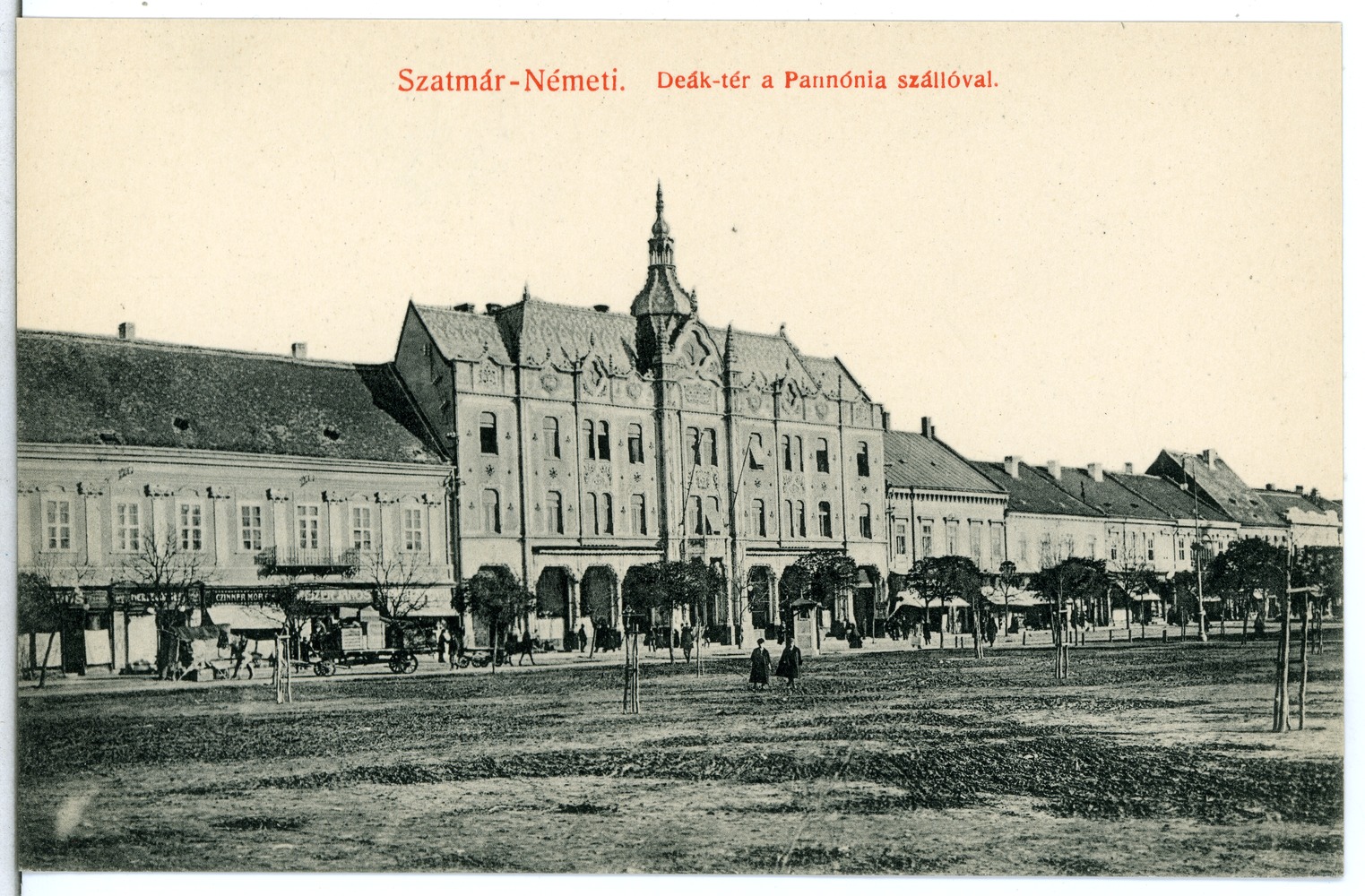
How to get to Satu Mare
There are several ways to get to Satu Mare. You can get there by car, by train or by plane. You can even visit it from the neighbouring country from a nearby city like Debrecen or even drive from Budapest.
By car – The easiest way to get to Satu Mare is to rent a car. Since Satu Mare is quite far from Bucharest, you will very likely want to stop along the way and turn this into a road trip with a stop in Brasov or Poiana Brasov or Caciulata. To drive from Bucharest to Satu Mare it takes around 9 hours.
By train – You can get to Satu Mare by train but the trains usually take around 15 hours from the capital city. The prices are between £25 – 40 one way.
By plane – There are frequent planes from Bucharest to Satu Mare and the journey is only 1 hour and 25 minutes. The flight is with Tarom, the national carrier of Romania.
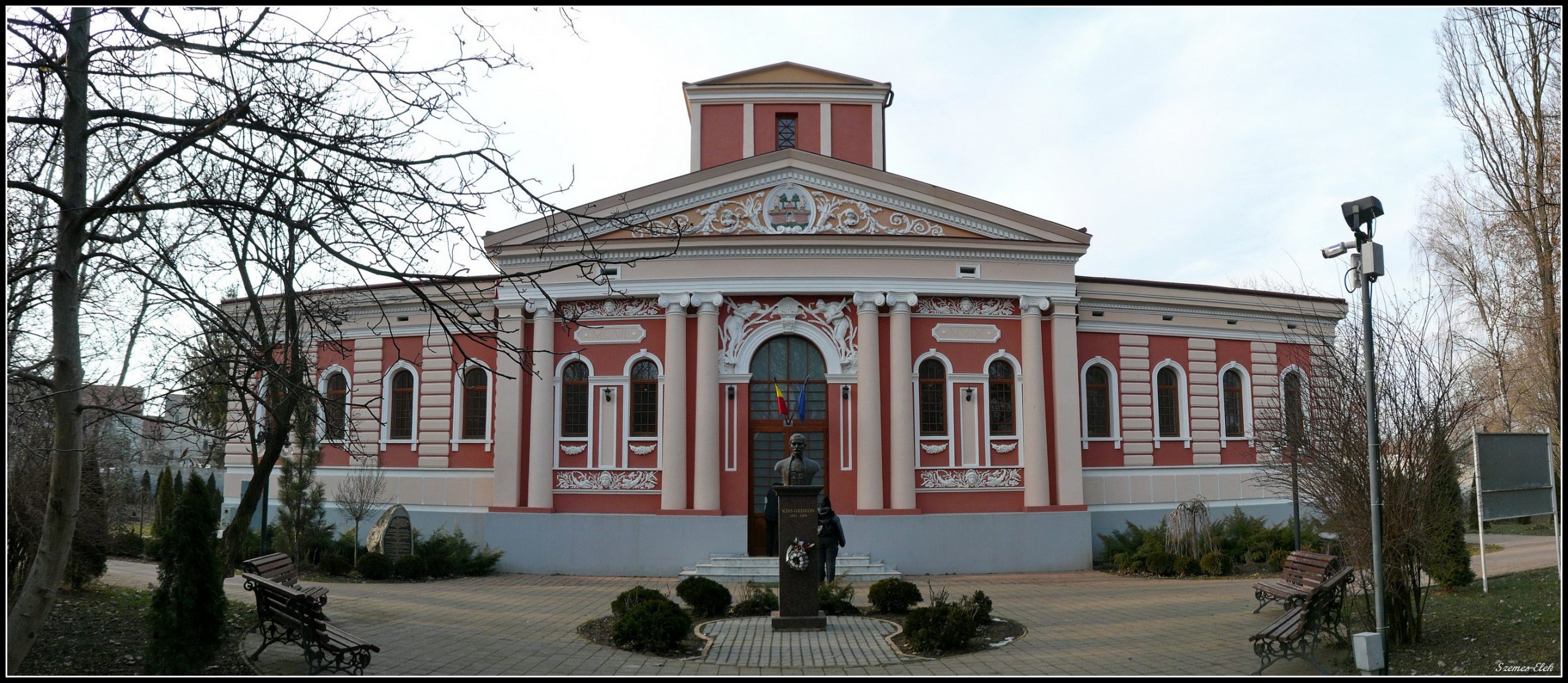
Szemes Elek, CC BY-SA 3.0, via Wikimedia Commons
When to visit Satu Mare
Satu Mare has a continental climate with really hot and dry summers and cold winters. Winters are much harsher, usually with heavy snowfall with minimum temperatures reaching −17 °C (1 °F).
Autumns are nice but also colder than the average temperatures in Romania due to its position high up North. Winds coming from the northwest bring rain to Satu Mare, especially during Spring and Summer.
If you love hot weather, then summers are the best time to visit with temperatures reaching 25°C (77°F). June is the rainy summer month but it’s also the mildest when the temperatures don’t soar and it doesn’t feel just dry and torrid.
Autumns are beautiful, especially September to mid-October, after which the rains start in the city. Temperatures in the Autumn range from −1°C (30°F) to 21°C (70°F)
Winters are cold with lots of snow. Make sure you dress properly for winter, with winter boots, winter jackets and lots of layers. Average temperatures range between −9°C (16°F) to 2°C (36°F). It’s not uncommon for the low temperature to reach −17 °C (1 °F).
Springs in Suceava are cold at the beginning of March and slowly warm up, becoming sunny and beautifully May. It’s the time when Satu Maru blooms and the parks have flowers Bring t-shirts and a jacket for the end of Spring but keep your winter coat if you’re visiting in March. Temperatures range between −3°C (27°F) to 20°C (68°F).
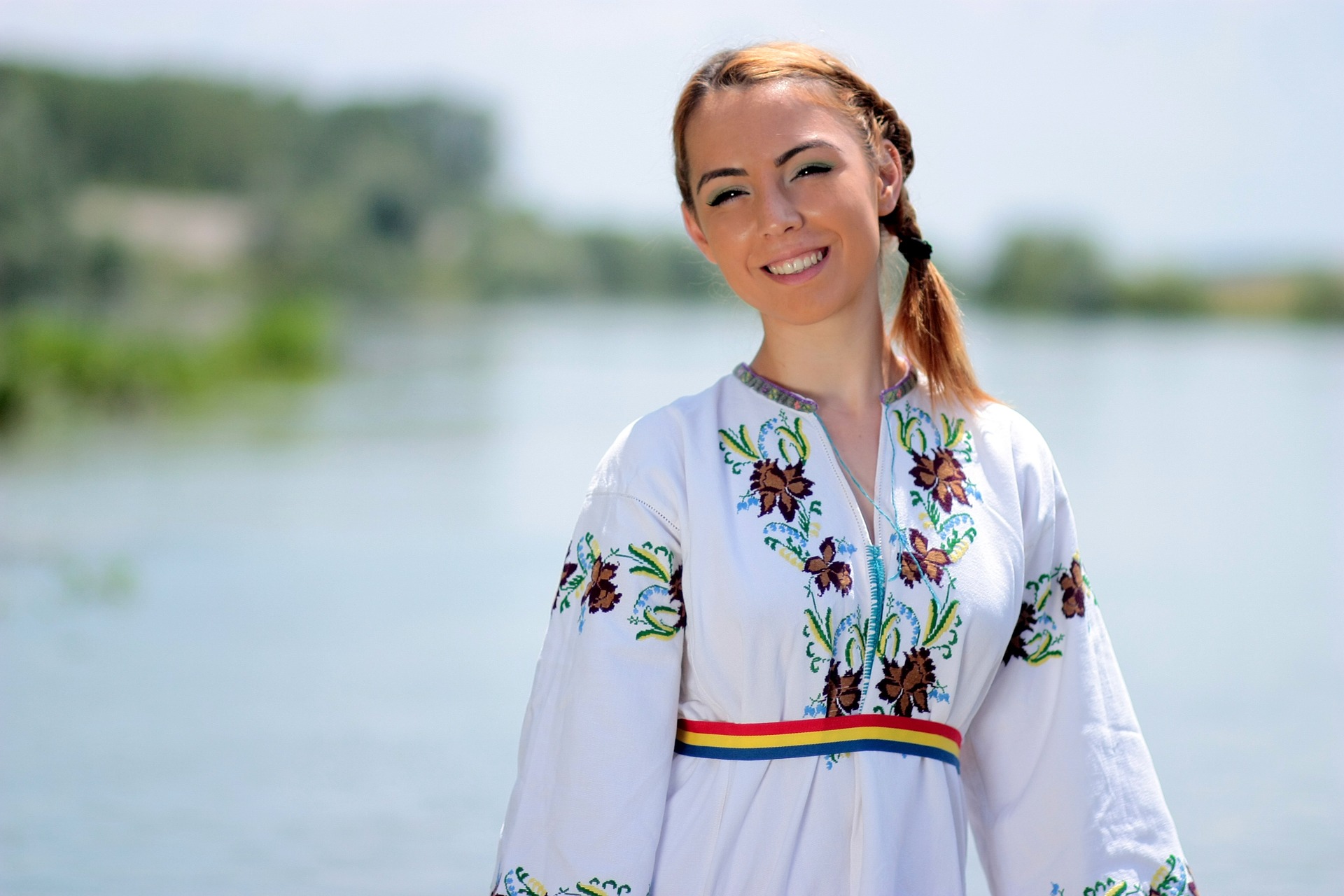
Where to stay in Satu Mare
The best place to stay in Satu Mare is close to the city centre. Satu Mare is small and pretty much all attractions are within walking distance. Accommodation is affordable in Satu Mare and you can find 4-star hotels but also budget accommodation and self-catered studios managed by private hosts. Here are our handpicked recommendations for Satu Mare.
Hugo Hotel features accommodation with a restaurant, free private parking, a bar and a terrace. This 4 star accommodation has excellent reviews, has breakfast included and rooms start from £67 per night.
Accommodation is fitted with air conditioning, a fully equipped kitchen, a flat-screen TV and a private bathroom with a shower and a hairdryer. Some units have a seating area and/or a balcony. The apartment provides a terrace. The standard studio starts from just £35 per night.
This studio apartment is managed by a private host and offers everything you would need for a comfortable and nice stay in Satu Mare. Accommodation is fitted with air conditioning, a fully equipped kitchen, a flat-screen TV and a private bathroom with shower, a hairdryer and free toiletries. Prices from £26 per night.
Things to do in Satu Mare
There are several tourist attractions in Satu Mare, most of which are located in the old town. Here are the things you can do in Satu Mare and the interesting places to visit.
Capitoline Wolf statue
The Capitoline Wolf statue is a sculpture depicting a scene from the legend of how Rome was originally founded. The sculpture shows the founders of Rome, Romulus and Remus suckling from the she-wolf. There are several such statues in Romania and around the world.
Administrative Palace
The Administrative Palace in Satu Mare is 97 m (318 ft) high and it’s the 6th tallest building in Romania and the tallest building in the country outside of Bucharest. This building is an example of brutalist-style architecture built during the communist regime. From the top of the building, you can admire the whole of the county and see all the way to Hungary.
Chain Church
The Satu Mare Chain Church was built between 1793 and 1802 and it houses a valuable collection of plates, disks and glasses as well as the oldest bell in Satu Mare dating back to 1633. It got its name because the church is surrounded by pillars connected by forged chains. Visit its interior and admire the gorgeous furniture made entirely from oak.
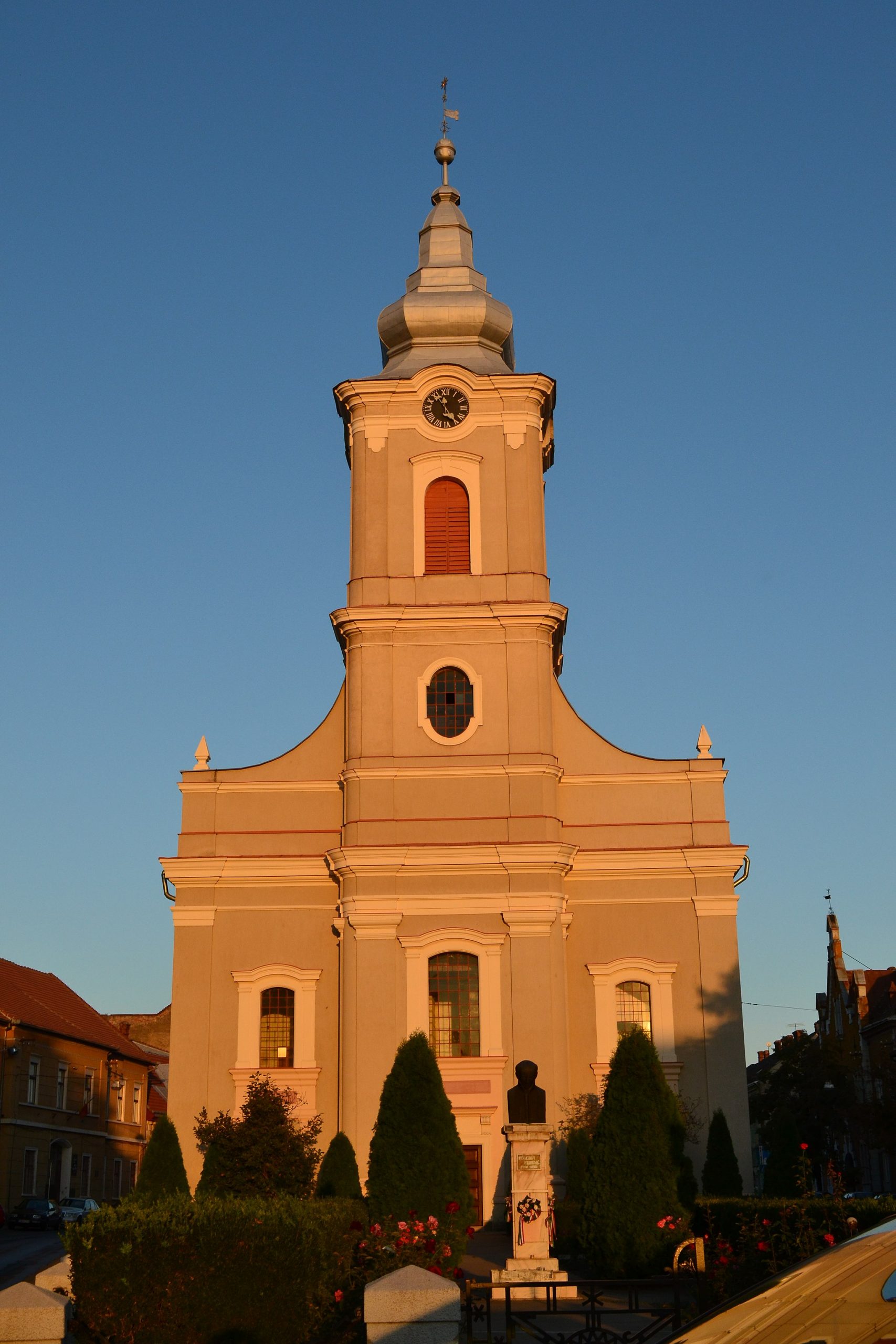
Gabriel Danea, CC BY-SA 3.0 RO, via Wikimedia Commons
Decebal Street Synagogue
A beautiful Synagogue was built in Moorish style at the end of the 19th century. Jews first settled in and around Satu Mare around 1700. Their population grew to around 13,000 before World War II and their community had several synagogues, a yeshiva, and a Hebrew painting house.
Firemen’s Tower
Another high tower in Satu Mare was used as a fire spotter. Nowadays it’s a tourist attraction which offers sweeping views of the city.
The Firemen’s Tower in Satu Mare was built in 1904 at the recommendation of bishop Gyula Meszlényi. Is a 47 m (154 ft) tall tower.
Garden of Rome
A beautiful park in the centre of Satu Mare, with a playground for families with children. It’s perfect for a nice walk in nature and it features a small pond. There is an old school train and various benches for a relaxing picnic. There are no restaurants in the park but just outside you can dine at the Moara cu Noroc or Arezzo Bistro.
Dacia Hotel
Dacia Hotel was originally known as Pannonia Hotel and was built at the beginning of the 20th century. Dacia Hotel was built in Hungarian Secession style and its façade is embellished with plant motifs.
It was originally called Pannonia Hotel but renamed Dacia Hotel after the Union of Transylvania with Romania. Many Romanian artists and writers stayed in this hotel. Currently, the Dacia Hotel is owned by a Hungarian national named Tamás Leisztinger and it’s undertaking major renovations.
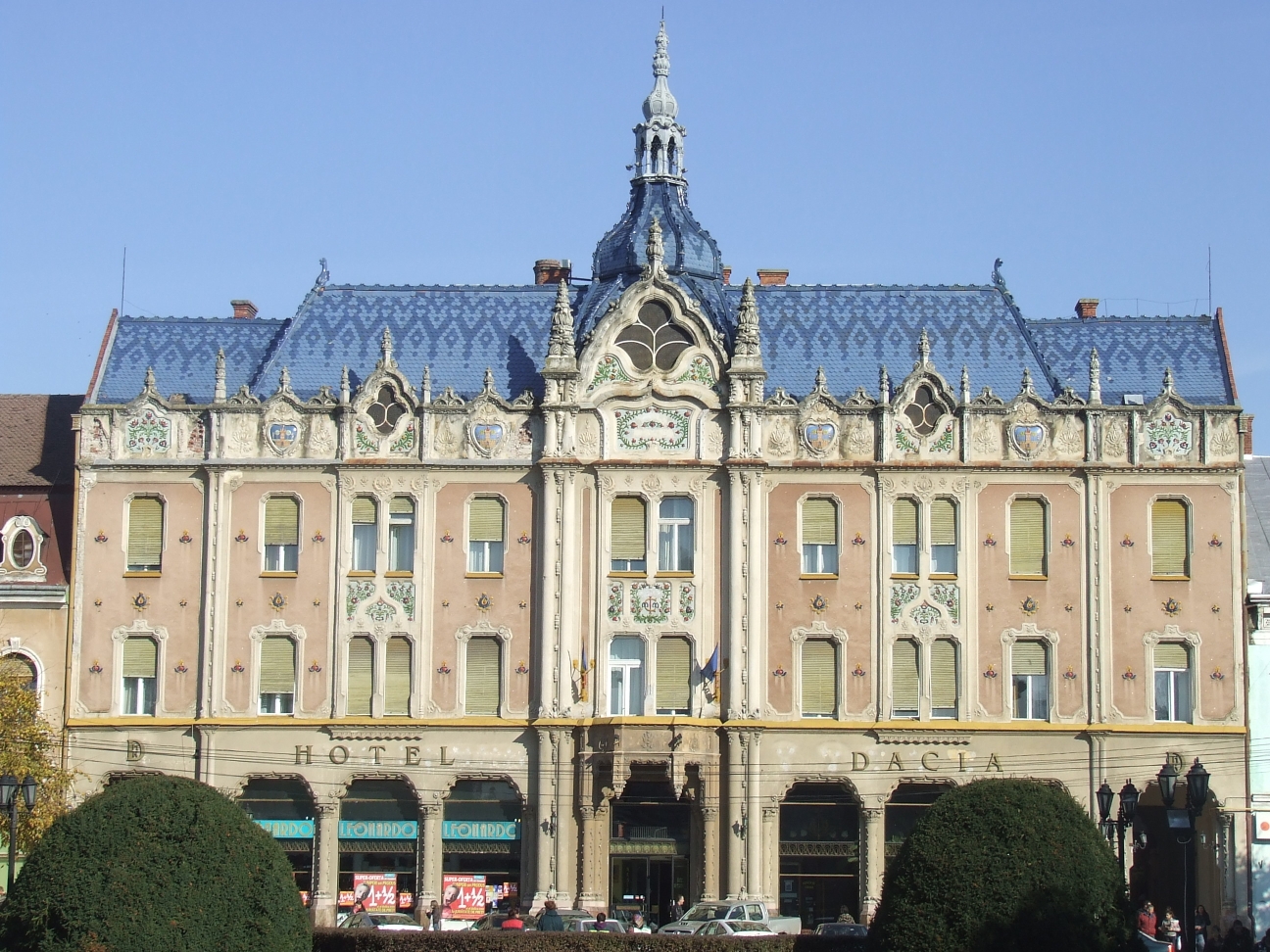
Several churches of Satu Mate
There are several churches in Satu Mare, some of which are Catholic. Visit the Ascension Cathedral Satu Mare with stunning statues and a typical painted interior dome. See the Calvaria Roman Catholic Church built originally in 1844 standing in the place of the old fortress Castrum-Zothmar. Admire the The SS. Michael and Gabriel Cathedral, a Greek-Catholic religious building in Satu Mare, Romania, built between 1932-1937 in place of an older church that had been opened in 1803.
Art Collections Museum
A small art museum in Satu Mare with interesting art on display. It features permanent exhibitions with local and some foreign art. The prices are 20 RON (around £3.5) for adults and 10 RON for children (£1,70). The museum is open daily except for Monday.
The Art Collection Museum belongs to the County Museum which has under its organizational structure 23 museums, memorial houses, peasant households, archaeological sites. The museum patrimony totals 400,000 patrimony objects.
Land of Oas (Tara Oasului)
Oaș Country is an ethnographic and historical region of Romania located just 50 km from the city of Satu Mare. The capital of Oaș Country is Negrești-Oaș town. If you have access to a car, it’s an incredible place for a day trip from Satu Mare. Visit during the holidays or on a Sunday to see the unique traditional costumes.
Merry Cemetery in Sapanta (Cimitirul Vesel)
The merry cemetery is in the village of Săpânța located just 1 and half hours away from Satu Mare. The Merry Cemetery has colourful tombstones with lovely paintings and poems describing the people who are buried there. The poems are original and lighthearted, funny and sweet.
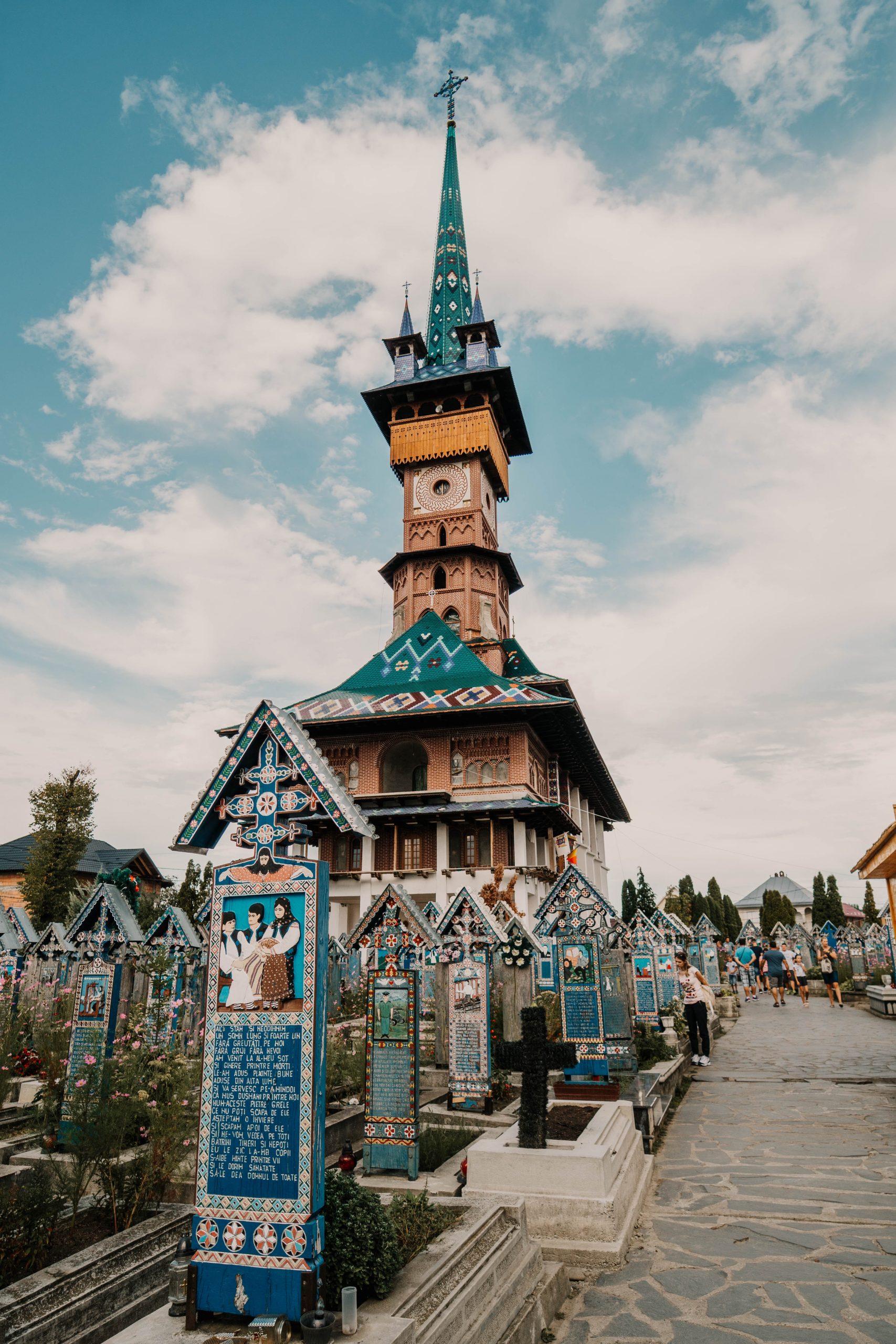
What to eat in Satu Mare
Satu Mare has an array of delicious traditional Romanian food but also dishes from the neighbouring country, Hungary, also known for its incredible dishes.
Sarmale cu mamaliga – Sarmale cu mamaliga is the most traditional Romanian dish which you need to try during your visit. Sarmale are stuffed cabbage rolls and polenta is usually prepared with cottage cheese, sour cream and milk. They go so very well together.
Pancakes with cheese and greens – A type of pancakes specific to the region of Maramures. These pancakes are joined together like a flat pie and they are filled with cheese called urda and greens. Urda is a type of Romanian cheese made from the whey of sheep, goat or cow milk.
Coltunasi cu legume – Coltunasi cu legume or vegetable dumplings typical from Maramures. The secret is in the texture and taste of such dumplings as every family in the region has its own recipe.
Corn soup with cheese – A specific cream soup from Maramures, is very similar to a leek and potato soup in terms of consistency. It tastes fantastic thanks to the cheddar like cheese mixed with the potatoes and corn. A must-try when eating in Satu Mare.
Romanian bacon with onion – Romanian bacon is called slanina and it’s primarily the fat of the animal cured and served with raw onion, salt and bread on the side. It may sound bizarre to a newcomer to Romania, but it sure is a fantastic dish to try.
Cauldron stew – Cauldron stew is simmered on open fire in a massive cauldron. It’s a traditional food from Maramures, somewhat akin to how gulyas (goulash) used to be made back in the days. Cauldron stew is typically made with vegetables, tomato sauce and meat.
There is so much food to be enjoyed in Satu Mare and there are several restaurants in the city that sell traditional Romanian food. Try The Dome (Address: Strada 1 Decembrie 1918 5, Satu Mare, Romania), Restaurant Tei (Bulevardul Lucian Blaga 34, Satu Mare 447230, Romania) or City Bistro (Address: Strada Horea 3, Satu Mare 440010, Romania)
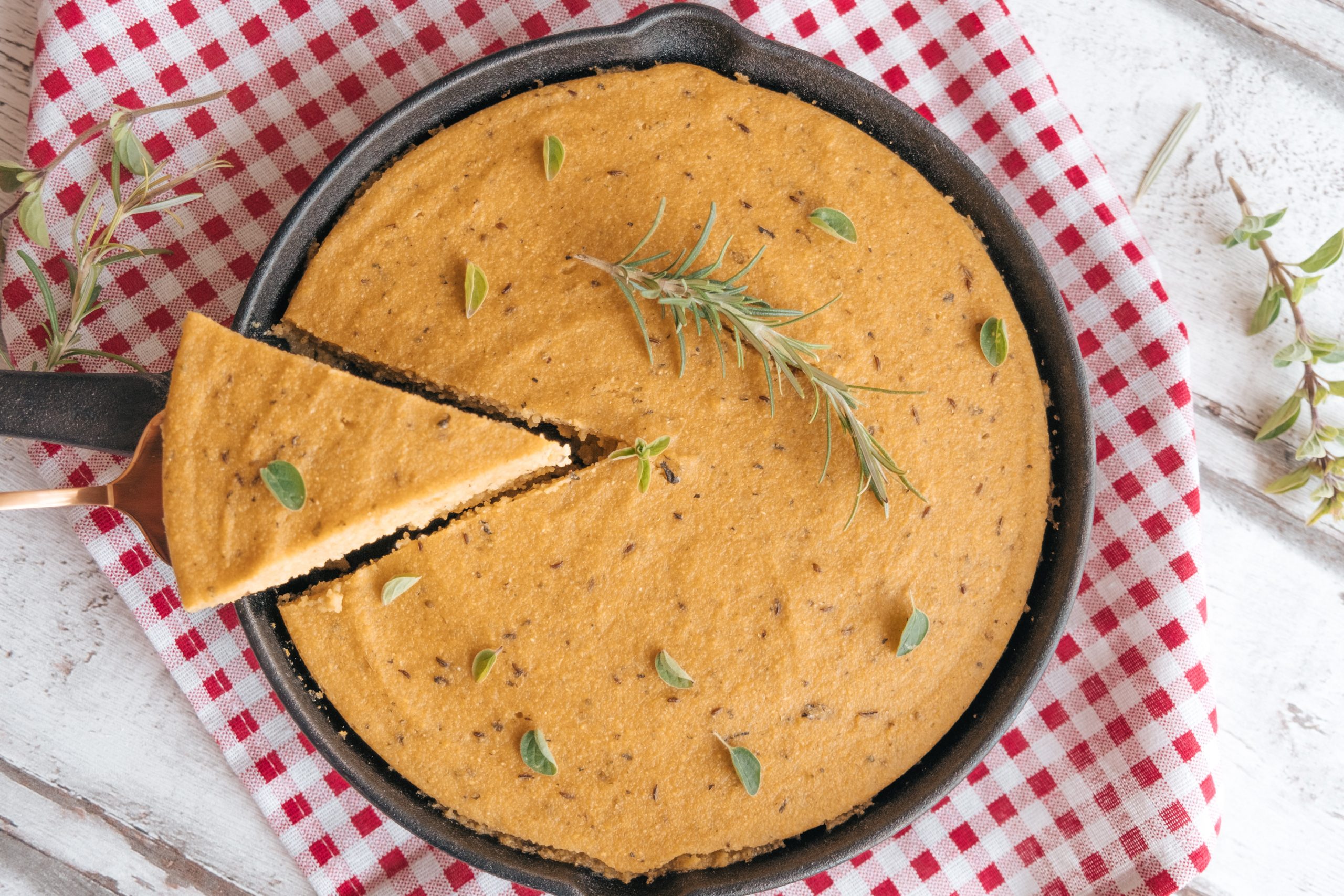
Final Thoughts
Satu Mare is a lovely little city in the north of Romania that should be added to your list of places to visit. It’s an upcoming touristic destination that is becoming more and more popular with foreign tourists. It features several attractions, green spaces, museums and great restaurants, while accommodation continues to be incredibly affordable.
This complete guide to Satu Mare can now help you with your trip to this city. Let us know about your plans in the comments section below.

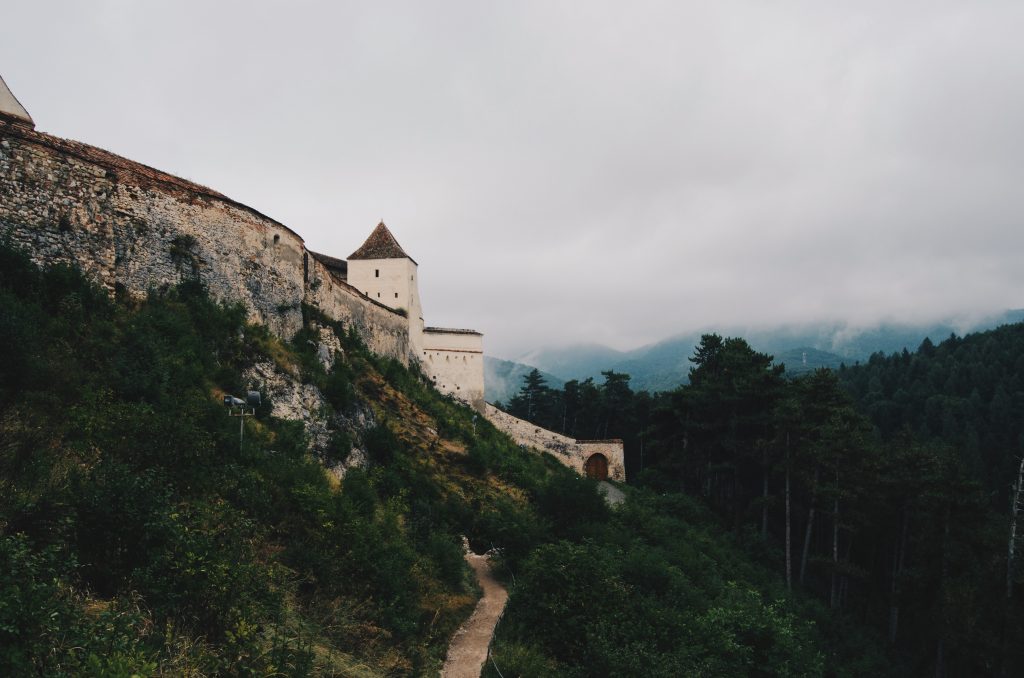
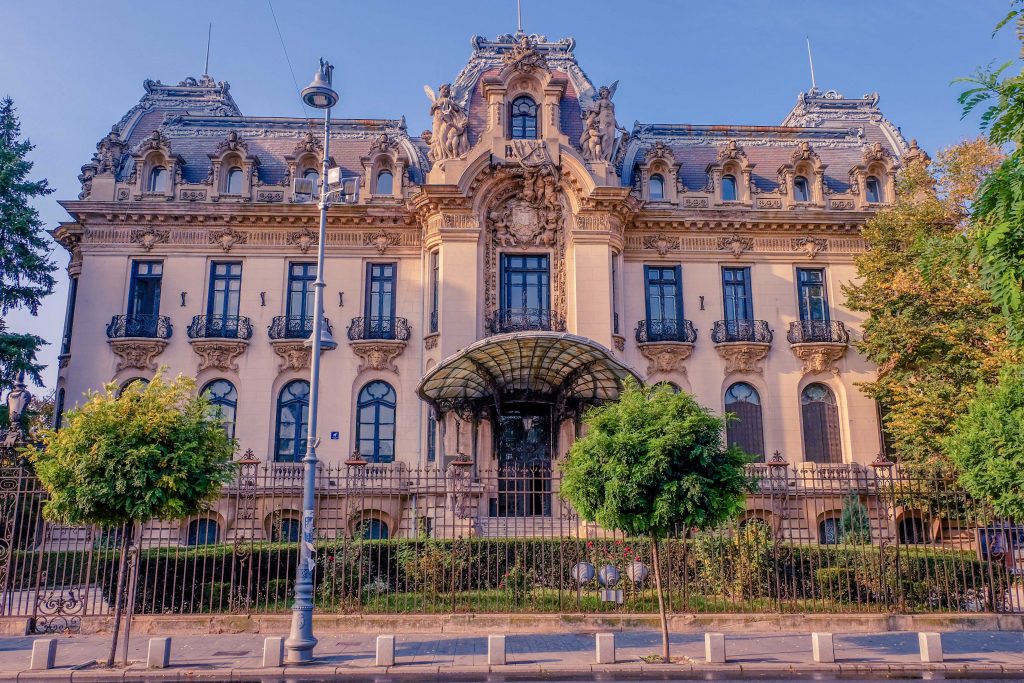
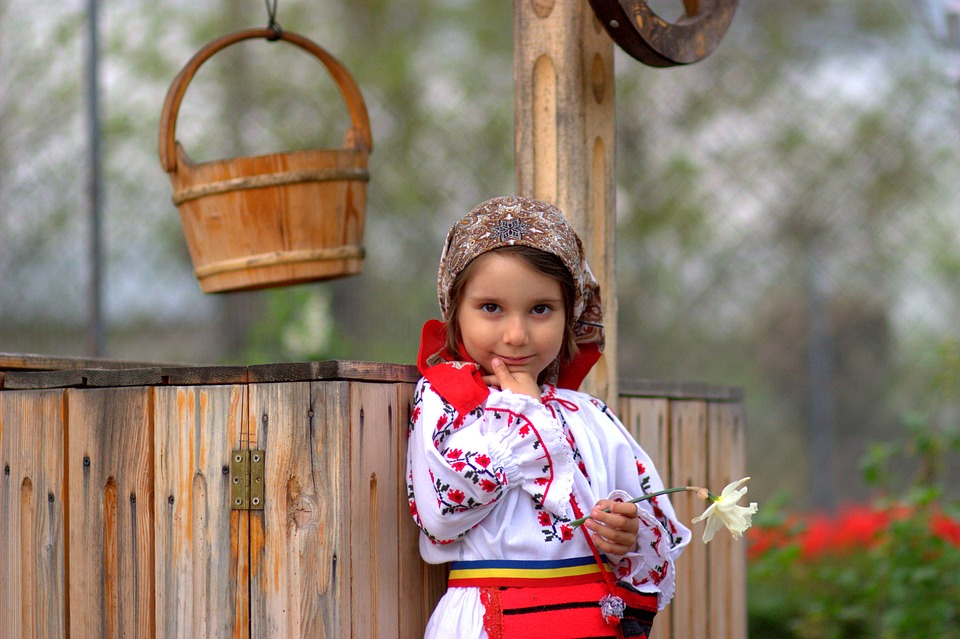
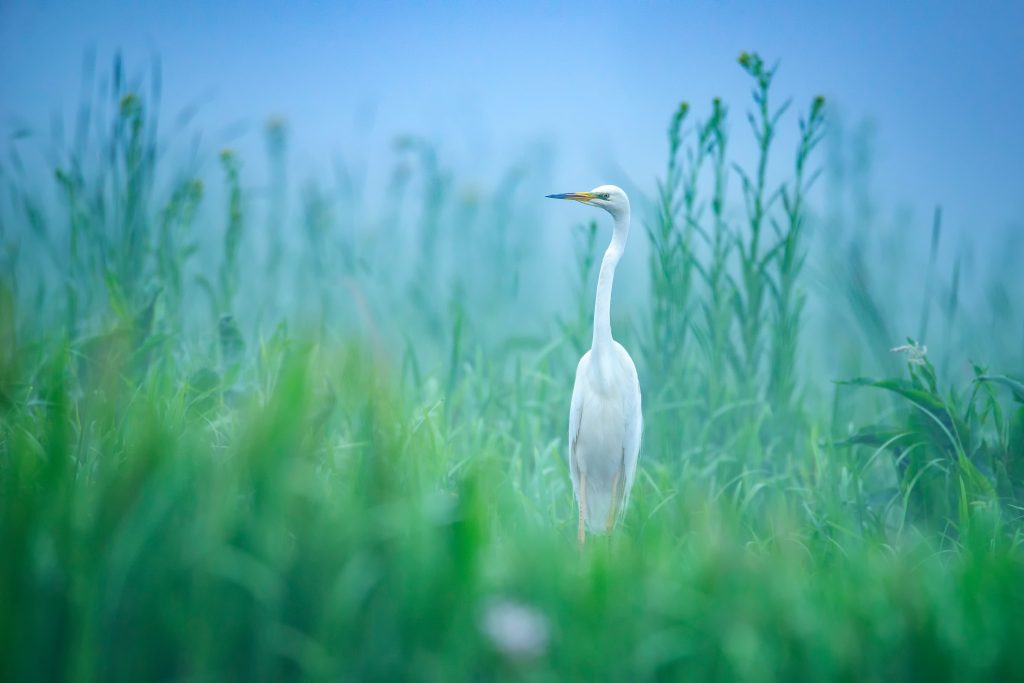
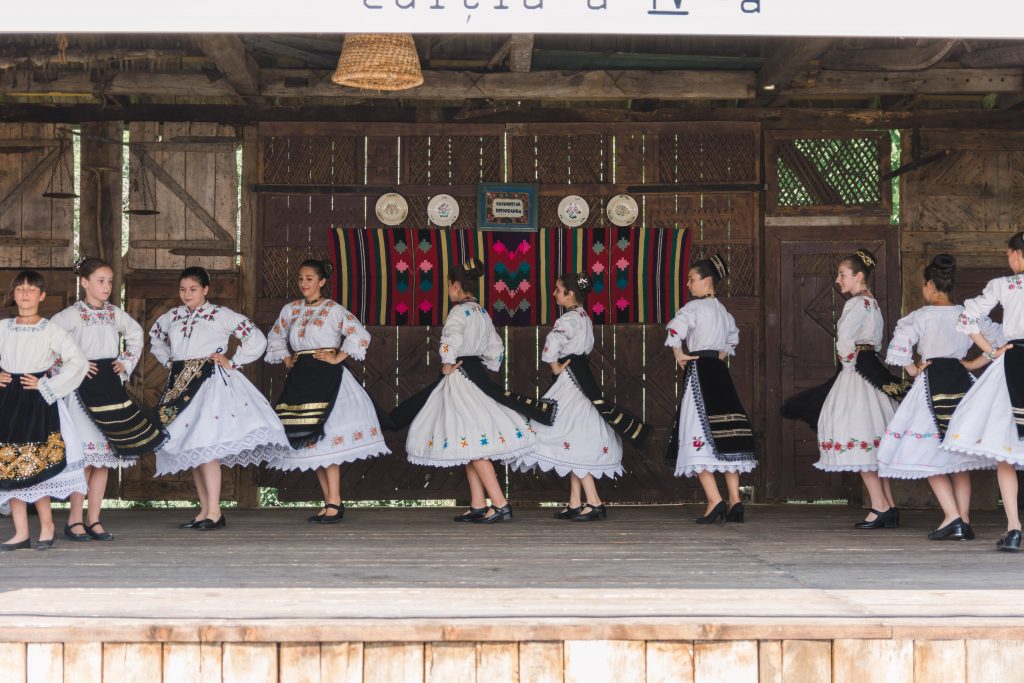
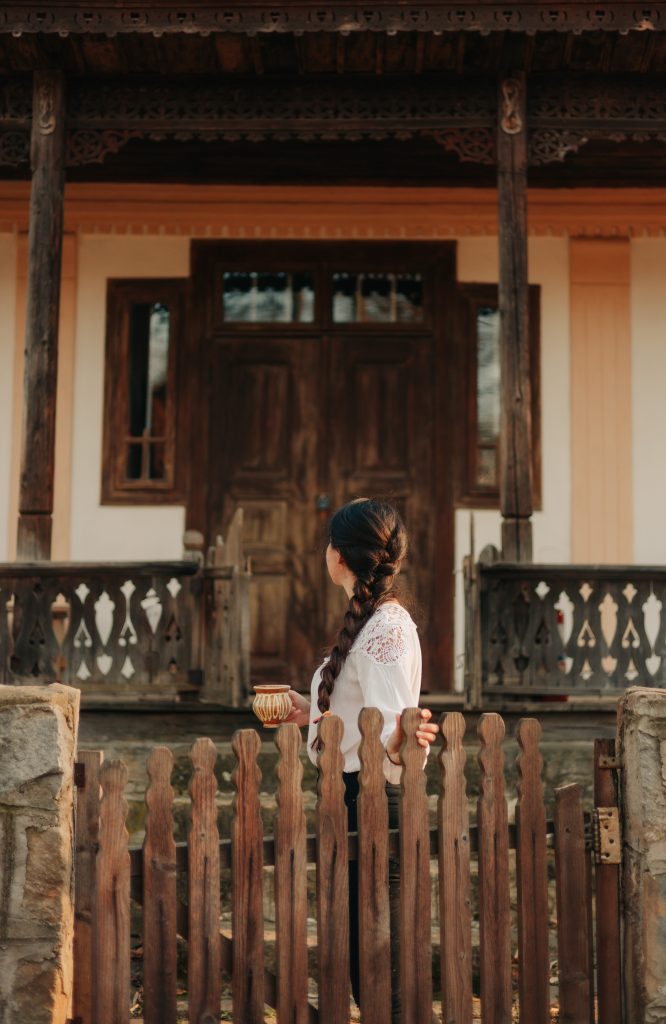


Leave a Reply